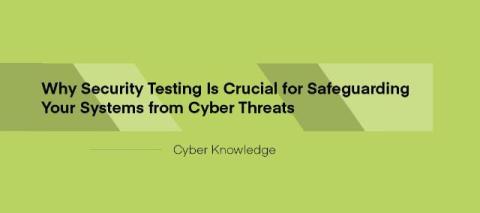A New Amazonian? Data-Leak Site Emerges for New Extortion Group GD LockerSec
Following the emergence of data-leak sites (DLSs) for extortion group Morpheus earlier this year, Cyjax has discovered a DLS for a new extortion outfit going by the name GD LockerSec. Read on to find out what we know so far.











